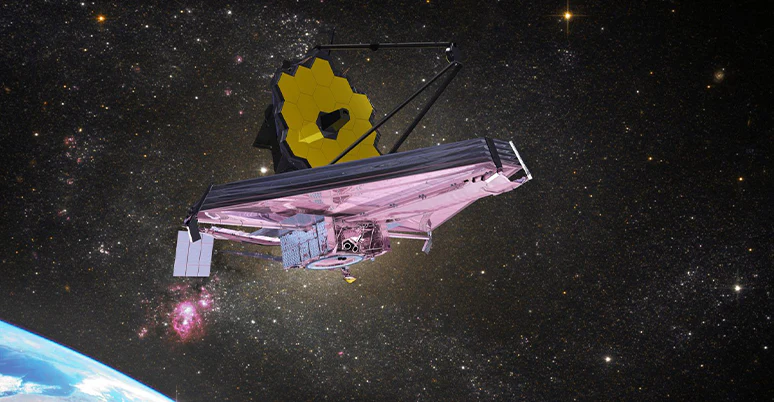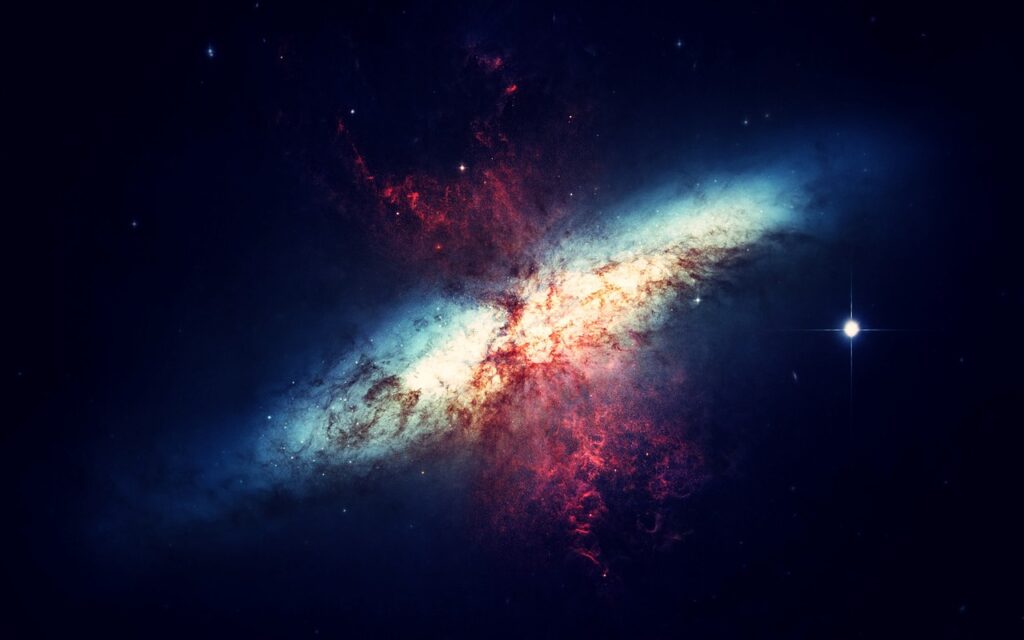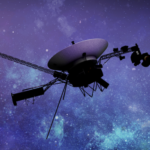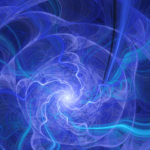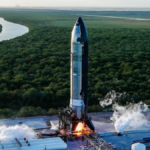Now Reading: The Universe’s First Light.
-
01
The Universe’s First Light.
The Universe’s First Light.

We often look up at the night sky and think, “Wow, that’s old.” The stars, the galaxies, the infinite pi. But what if I told you there’s light out there that’s even older than the oldest star you’ve ever seen? Light that’s been traveling for nearly 14 billion years, quietly weaving through space, carrying the story of everything.
That light is called the cosmic microwave background, or CMB for short. Scientists sometimes call it the afterglow of the Big Bang, but I like to think of it as the moment the universe first opened its eyes.
So what exactly is the universe’s first light?
Let’s go back, way back, to the beginning. The Big Bang happens. The universe is born. But it’s not instantly beautiful. It’s hot, dense, chaotic. It’s not even transparent, imagine fog so thick that light can’t pass through it at all.
For the first 380,000 years, the universe was just a glowing, plasma soup where photons, the particles of light, kept getting bounced around, trapped like ping-pong balls in a crowded room. Nothing could escape.
Until something extraordinary happened.
As the universe cooled, atoms began to form. And with that, light, real light, could finally travel freely. That exact moment, when the fog lifted and the light broke loose, is what we now call the cosmic microwave background. It’s the oldest light in existence, and it’s still around us today, stretched out into microwave radiation by billions of years of cosmic expansion.

Why does this light matter?
Because it’s literally a photograph of the baby universe.
When we look at the CMB, we’re seeing the universe frozen in time, just 380,000 years after it was born. It’s like opening a time capsule and finding a selfie from the universe’s infancy, not just a cute baby picture, but one full of secrets, its shape, age, ingredients, and even clues about its future.
Tiny temperature differences in this light, we’re talking millionths of a degree, ended up forming everything, stars, galaxies, black holes, and eventually, us. the remains of stardust.
But it gets even cooler (literally)
This ancient light isn’t just some beautiful metaphor. We’ve actually measured it. In the 1960s, two scientists, Penzias and Wilson, were messing with a giant radio antenna when they stumbled upon a weird, constant noise. They tried everything, even cleaned bird poop out of the antenna, but the noise wouldn’t go away.
Turned out, they had discovered the CMB by accident.
Since then, we’ve sent up satellites like COBE, WMAP, and Planck to map this light in incredible detail. And what they found? A nearly perfect glow, just 2.7 degrees above absolute zero. In other words, the universe is still softly glowing with the memory of its own birth.
What came before the first light?
Ah, the mystery. Before that light broke free, before atoms formed, things get….fuzzy. The universe was a quantum playground, full of strange physics we’re still trying to wrap our heads around. It was dark, yes, but also full of potential.
And those tiny ripples? They’re what created the structures we see today. Without them, there’d be no galaxies. No stars. No Earth. No you reading this.













